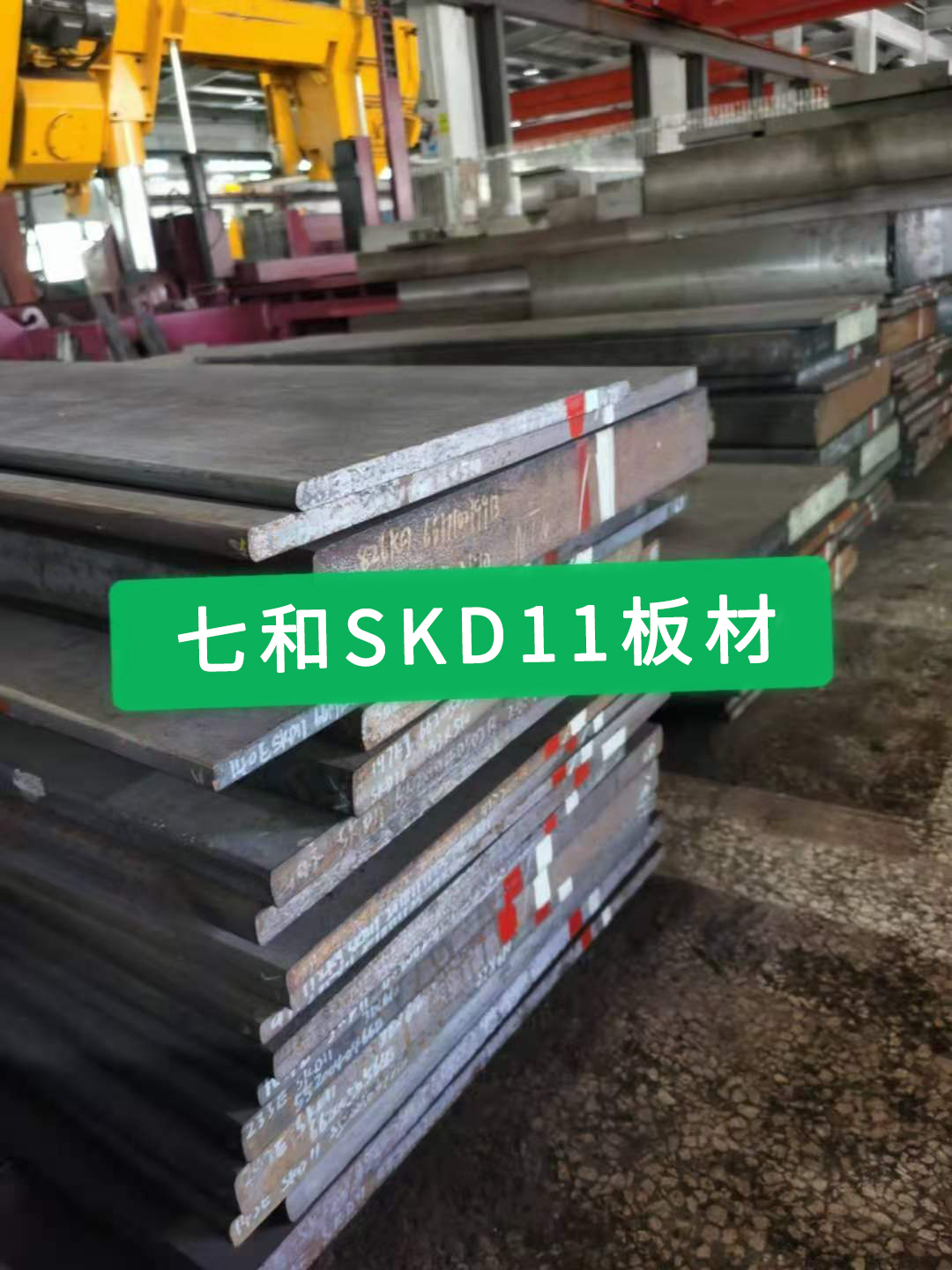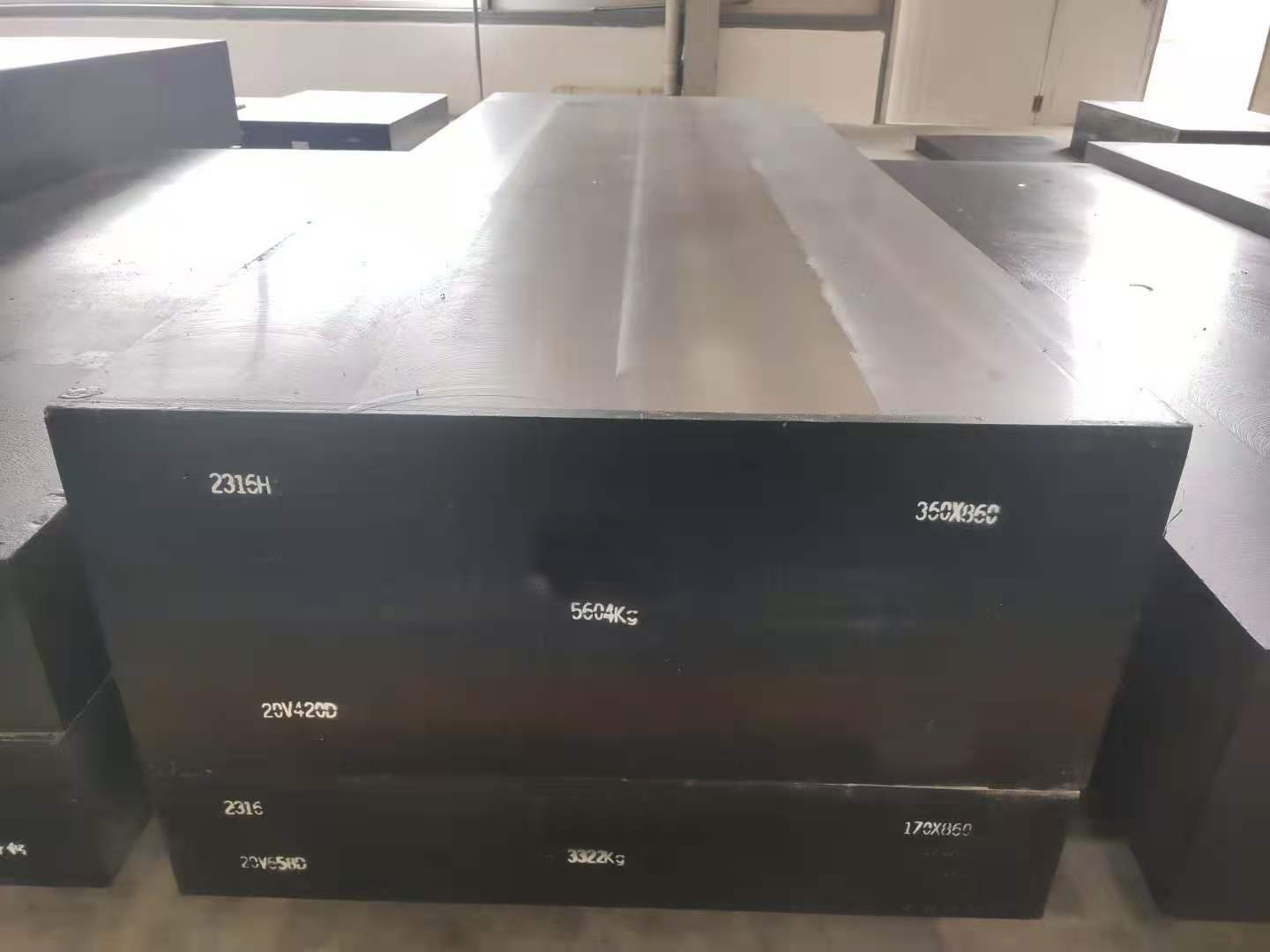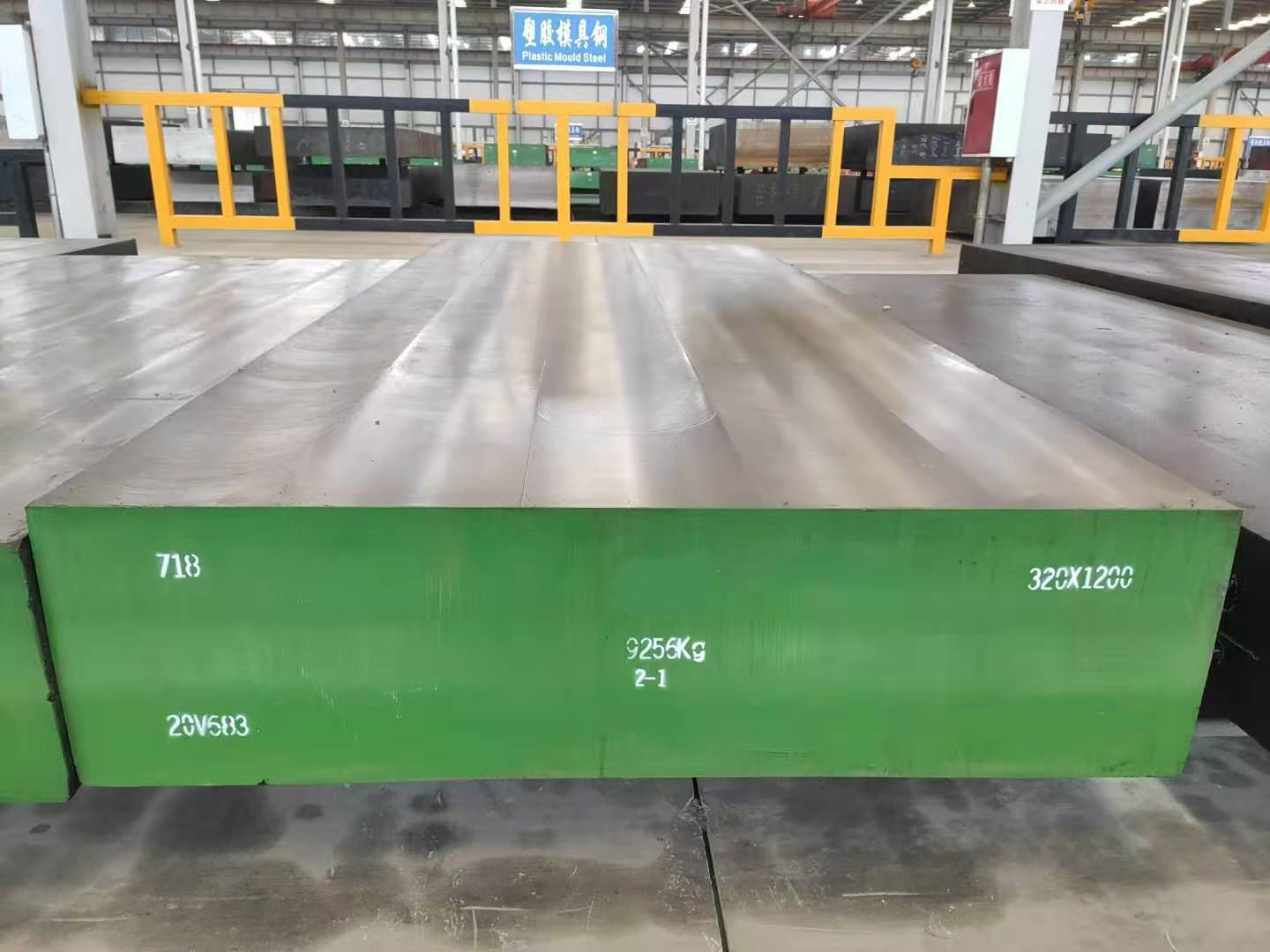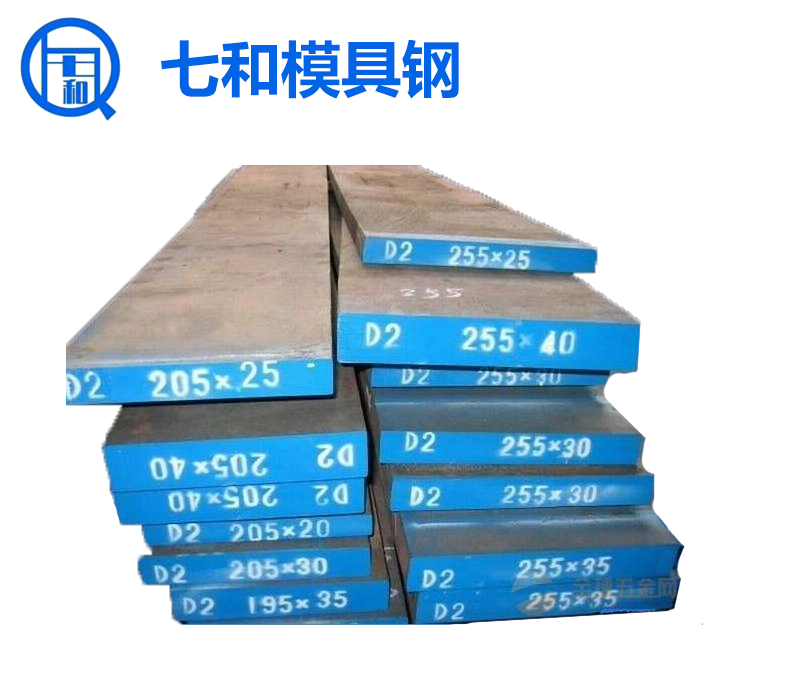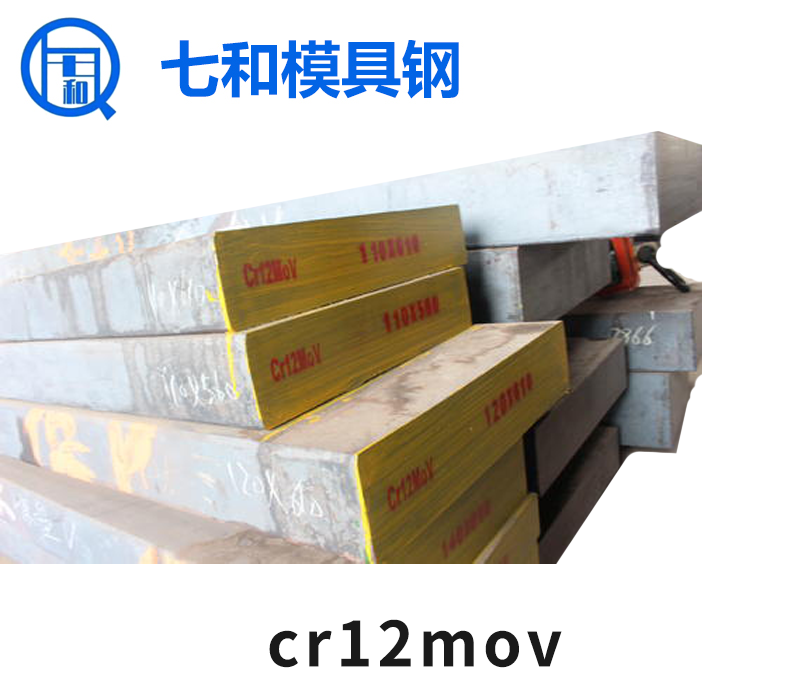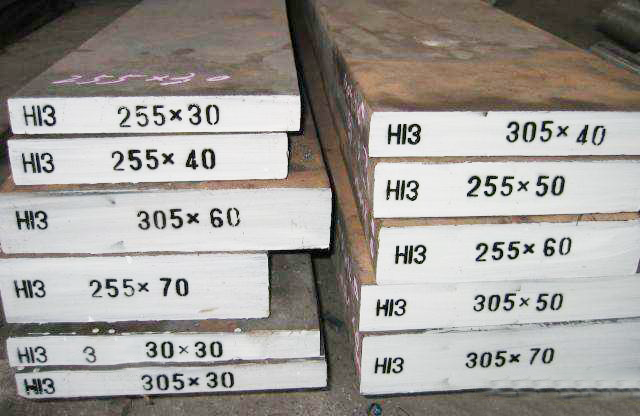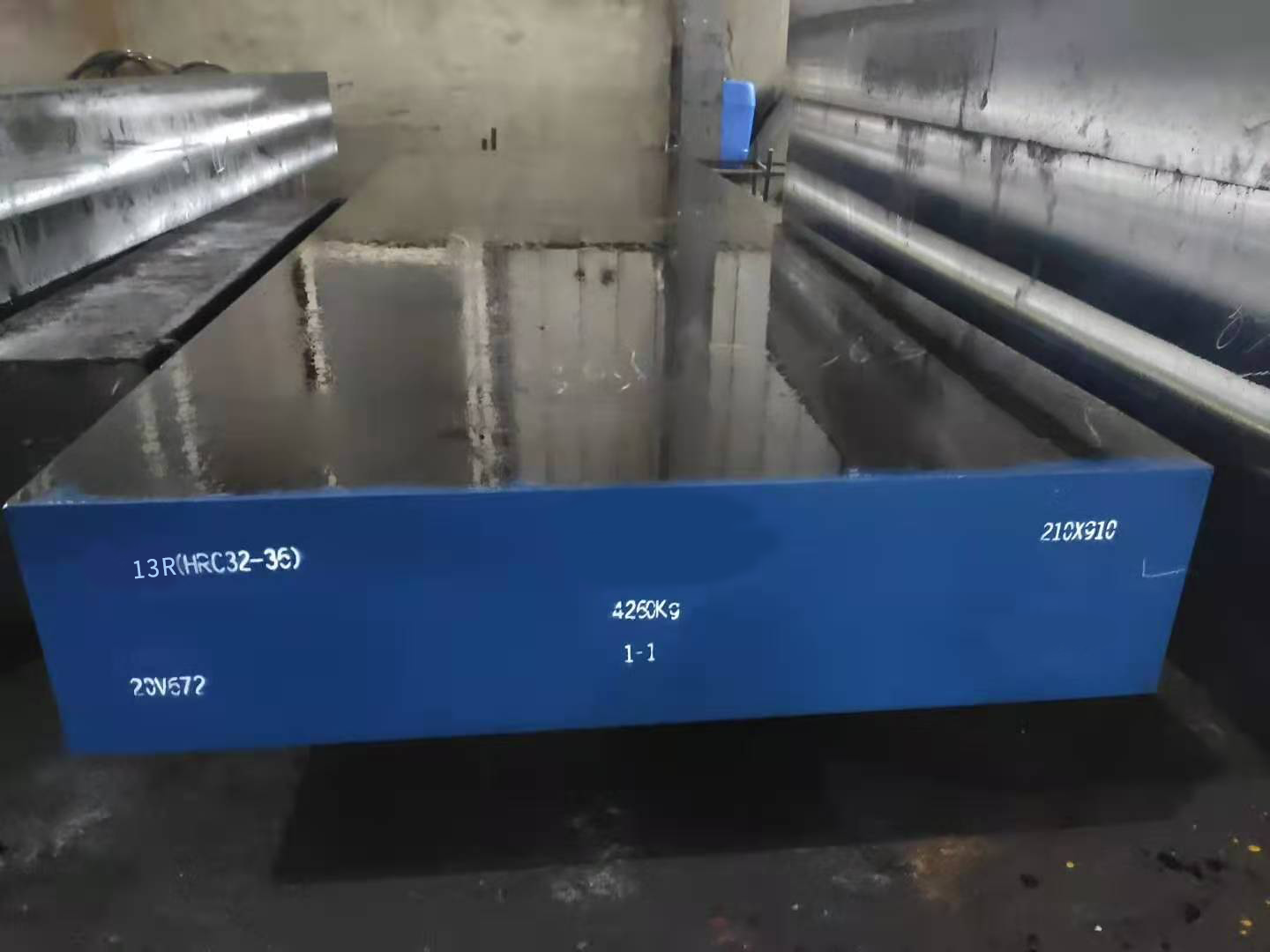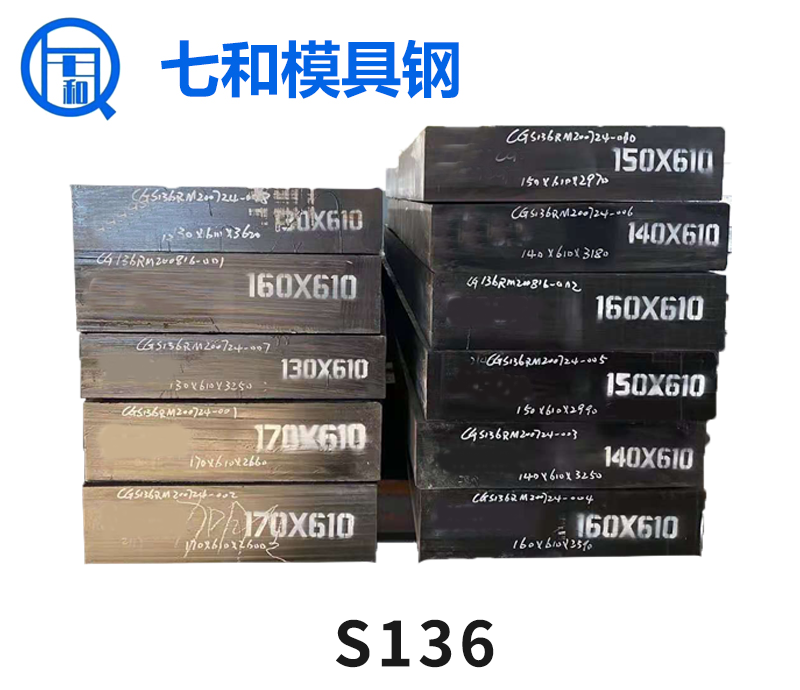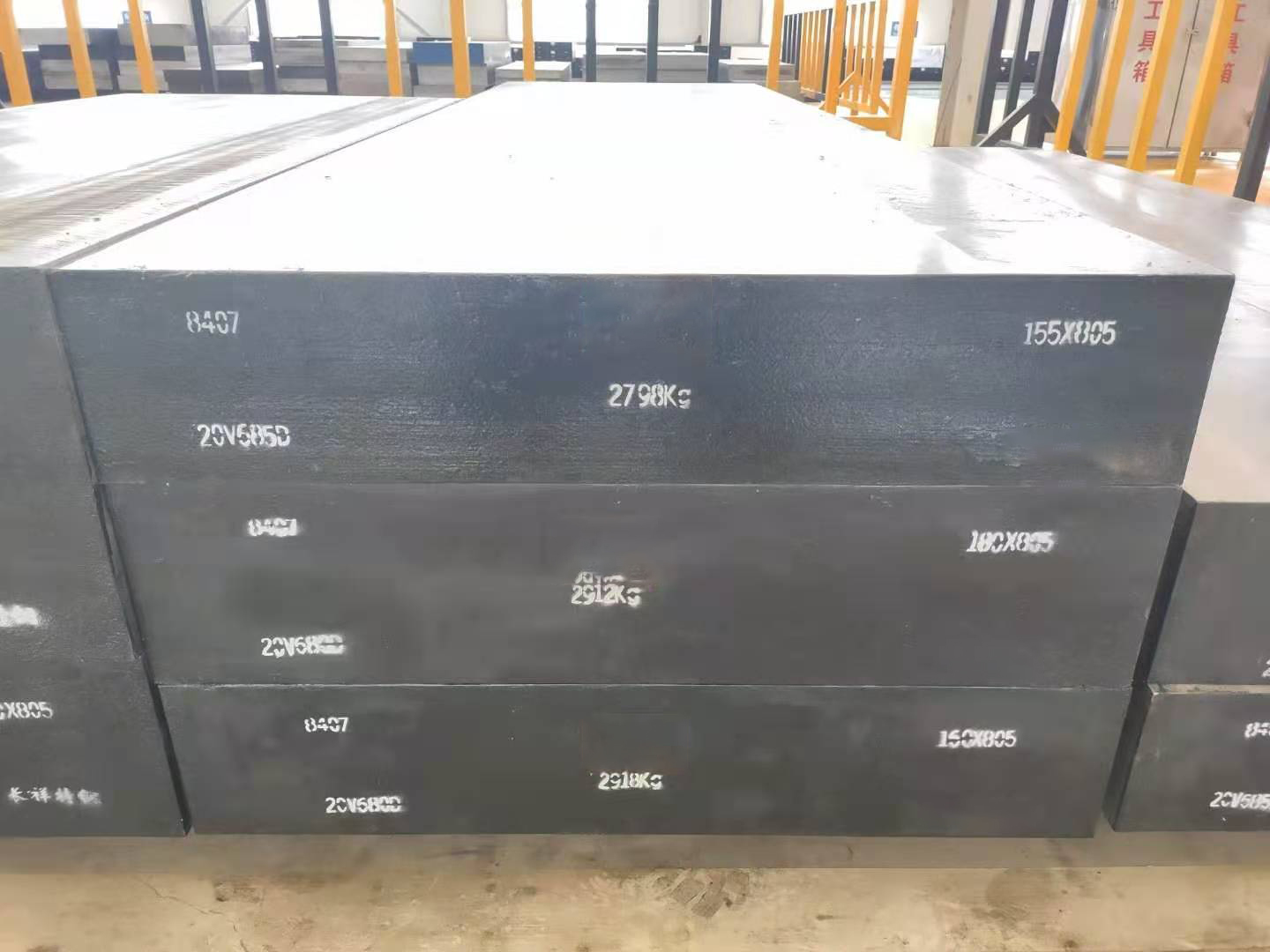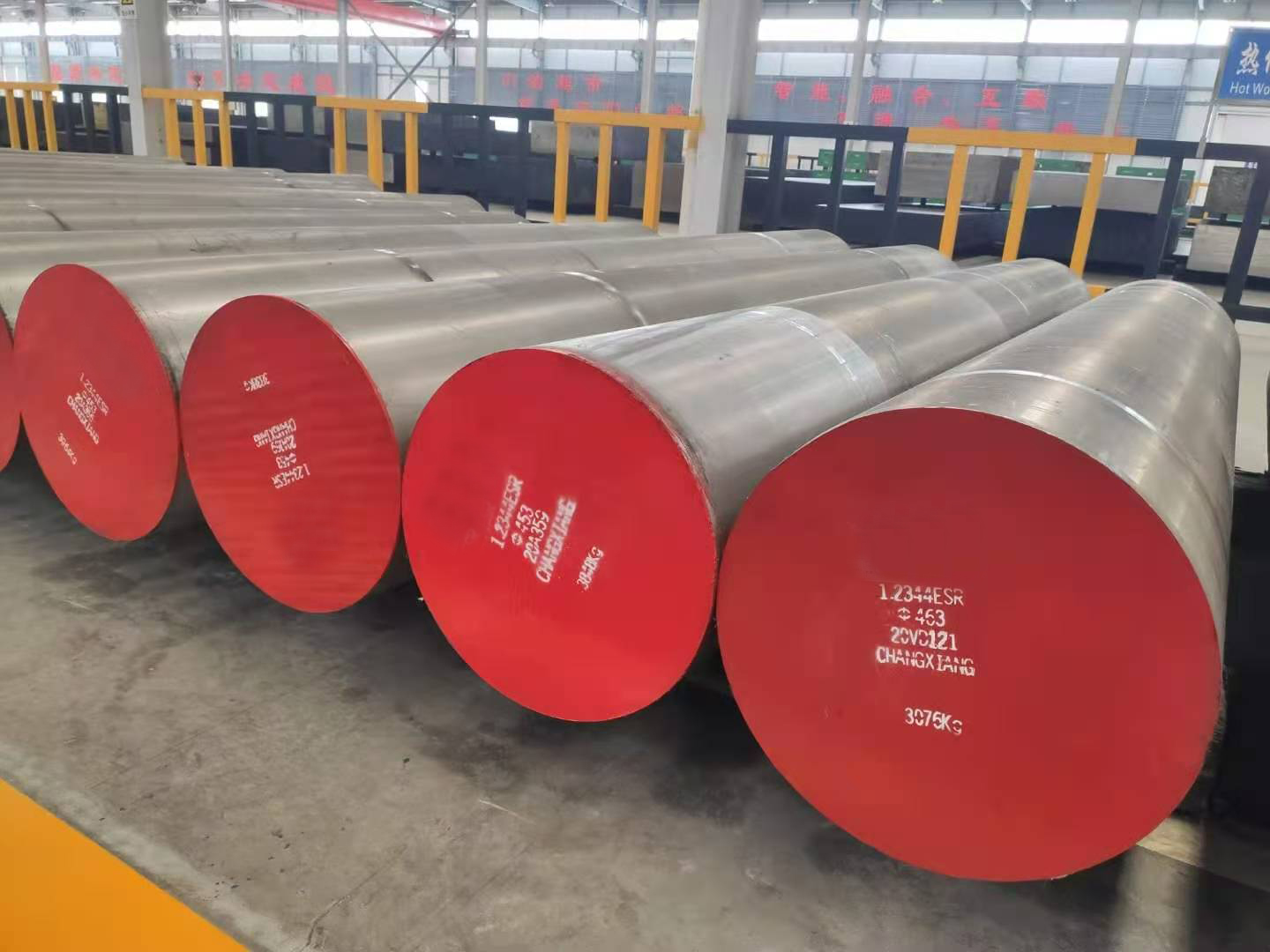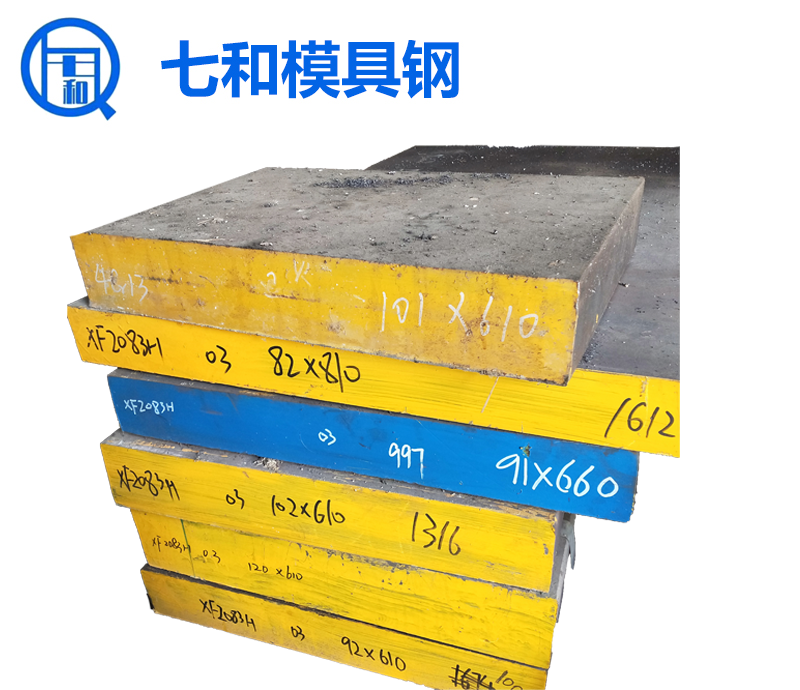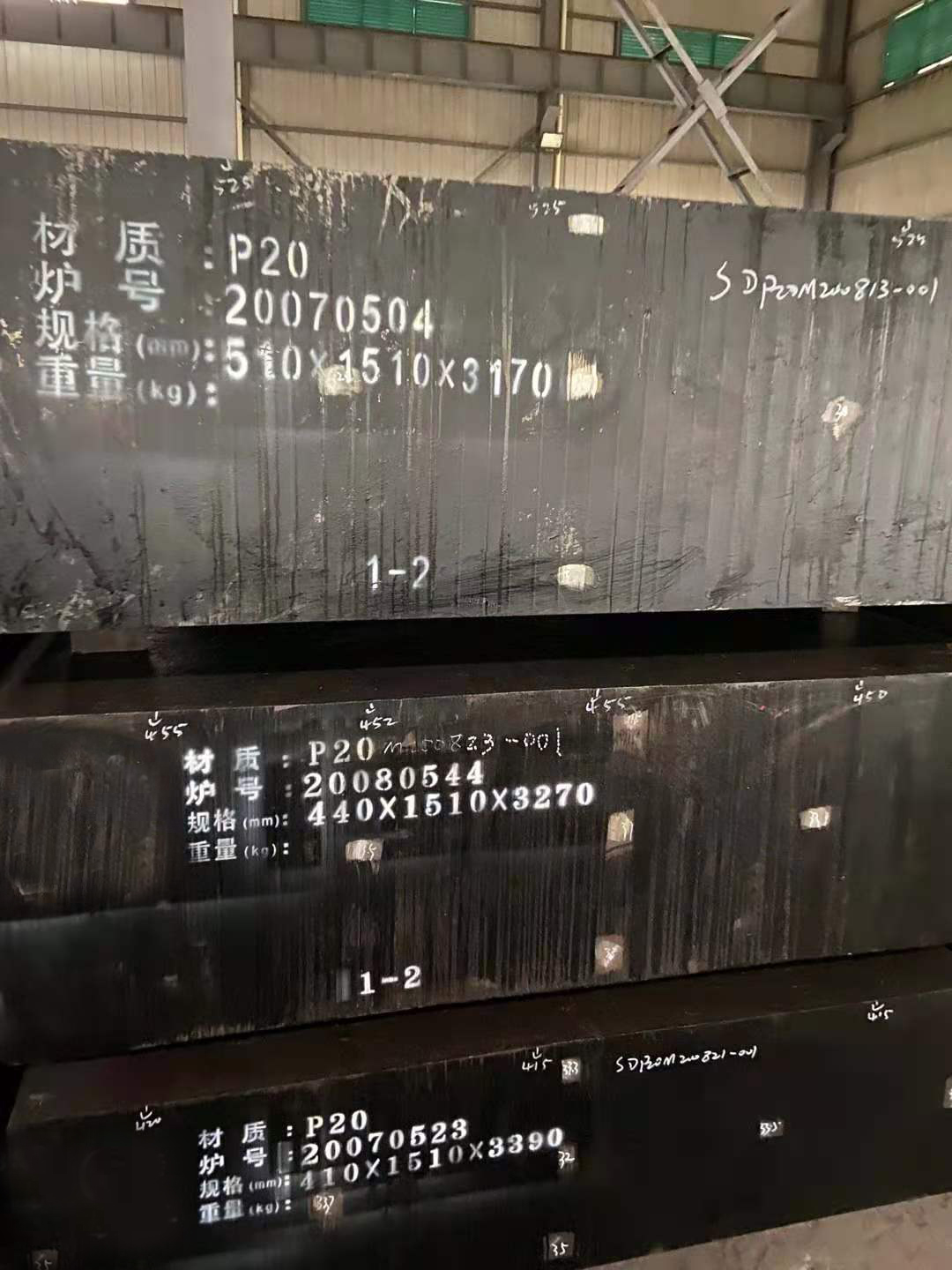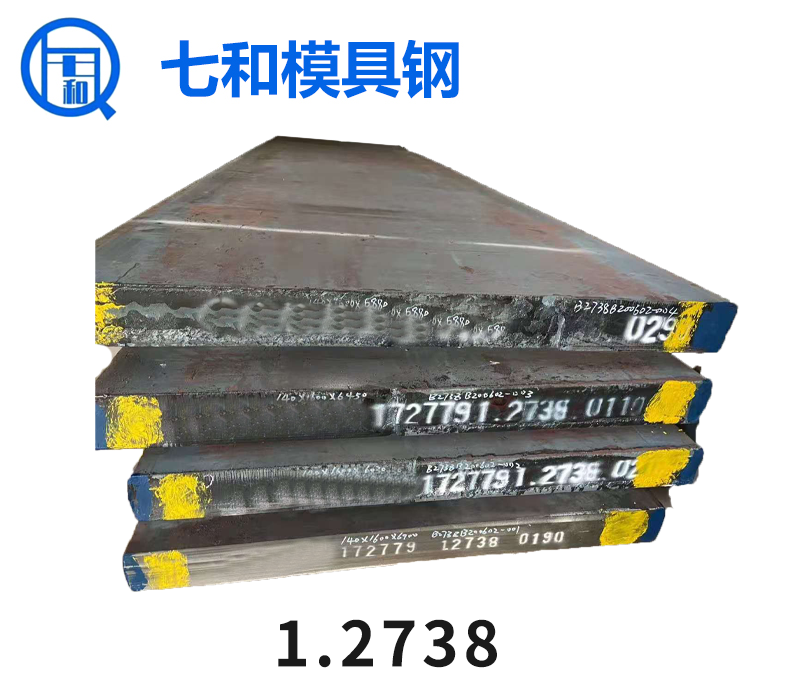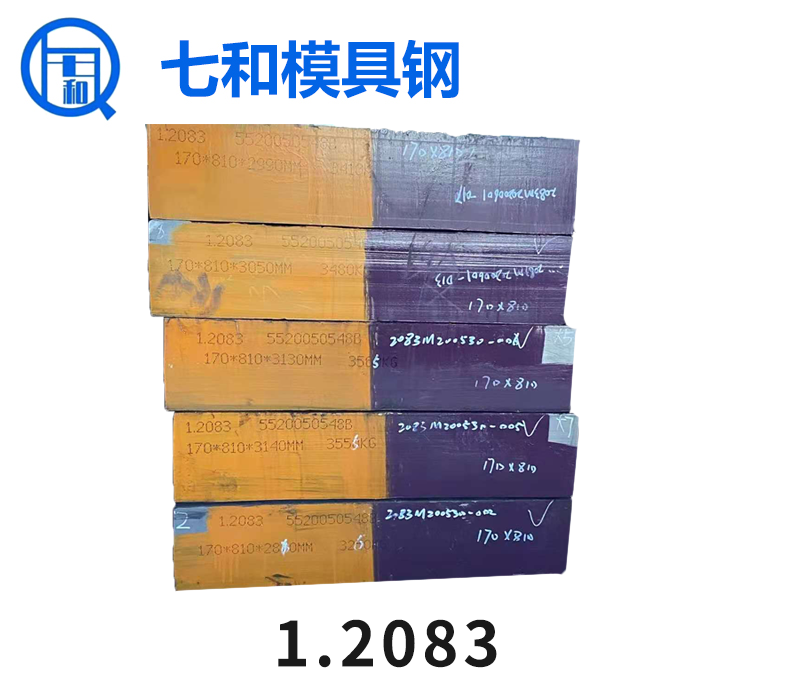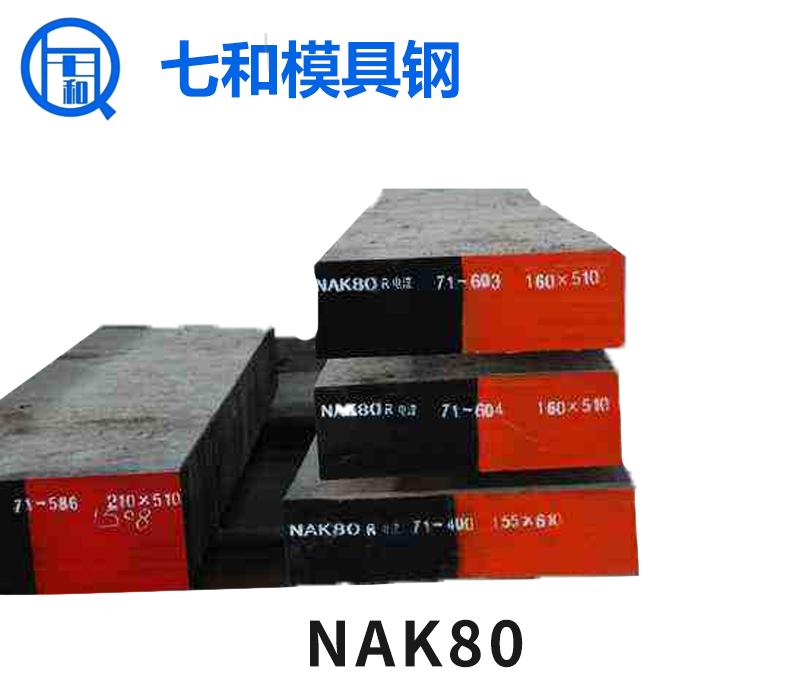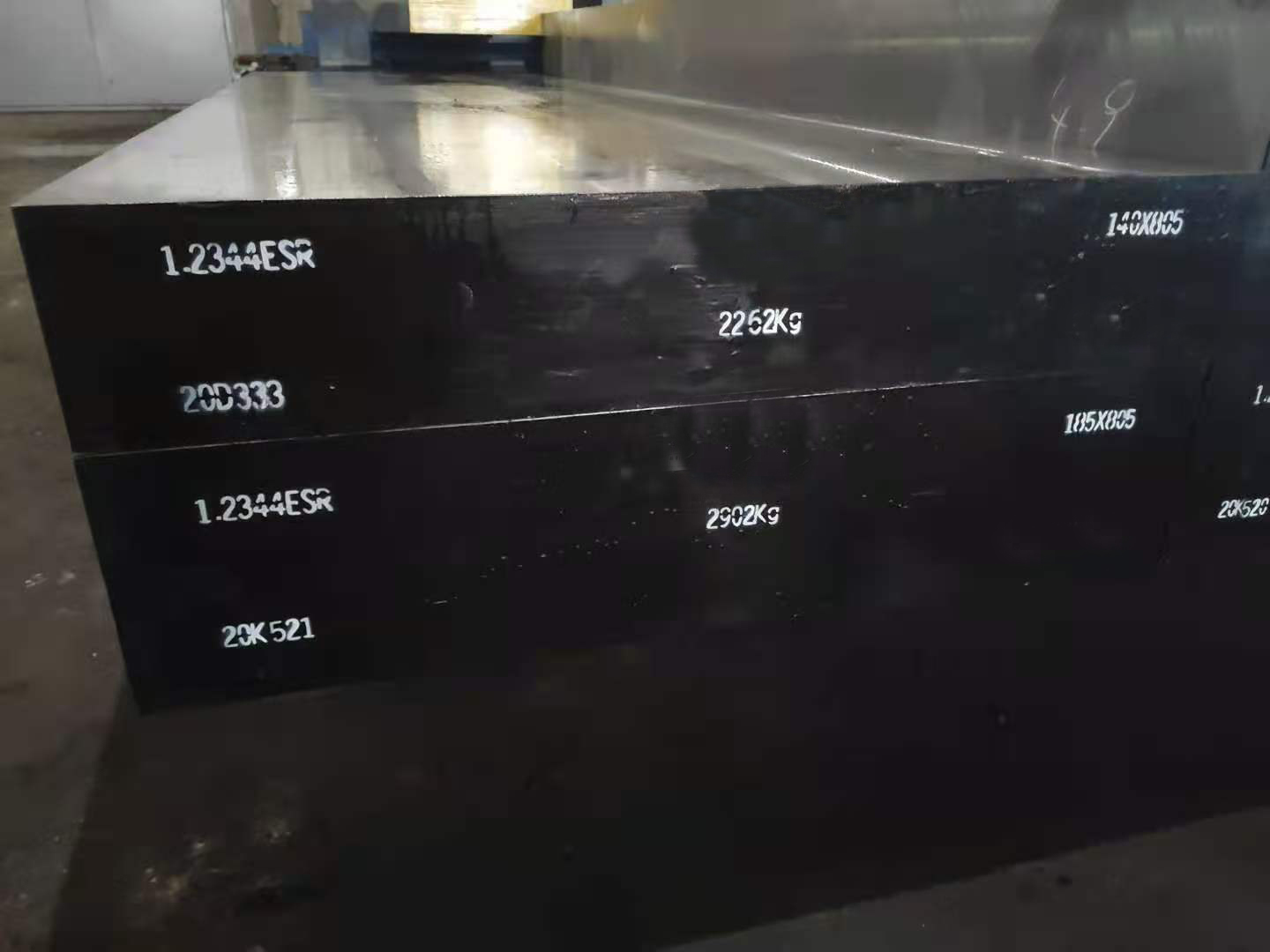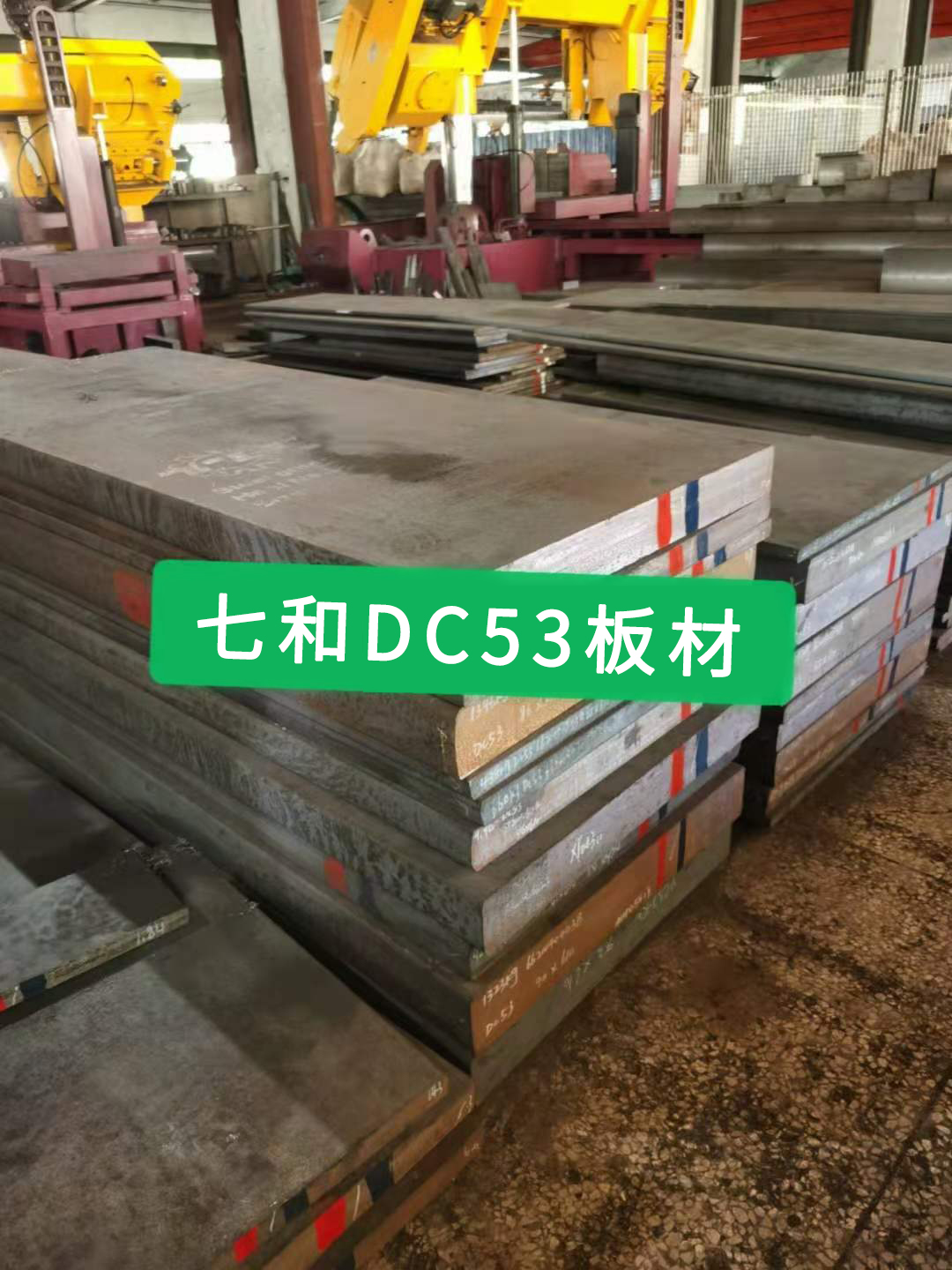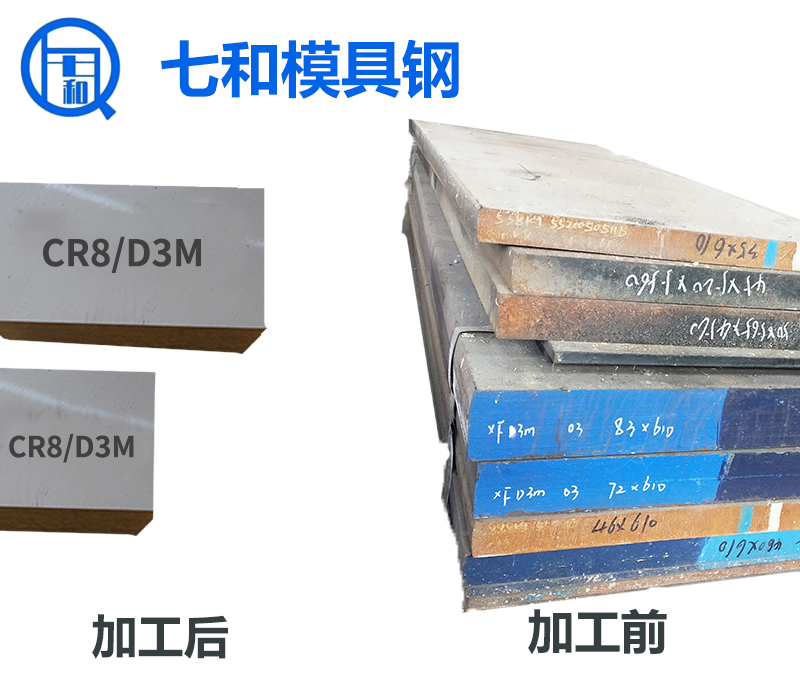随着着工业生产的发展趋势,很多商品慢慢问世,利用各种各样形状产生的不一样条件开展生产制造。冷拉模具钢就是指用于使金属材料在冷条件下形变或成形的模具钢。由于冷工模具大多数是在常温状态工作中,原材料塑性形变力大,模具工作中应力大,工作中条件严苛,因此这类模具综合型能规定一般较高,强度和耐磨性能不错,抗压强度充足,适当的韧性。下面给大家详细介绍一下这些使用性能。希望对大家有所帮助!
With the development trend of industrial production, many commodities are slowly coming out, and manufacturing is carried out under different conditions produced by various shapes. Cold drawing die steel refers to the die steel used to deform or form metal materials under cold conditions. Since most of the cold working dies work at room temperature, the plastic deformation force of raw materials is large, the stress of the die is large, and the working conditions are harsh, so the comprehensive type of this kind of die can be generally high, with good strength and wear resistance, sufficient compressive strength and appropriate toughness. Let's give you a detailed introduction to these performance. Hope to help you!
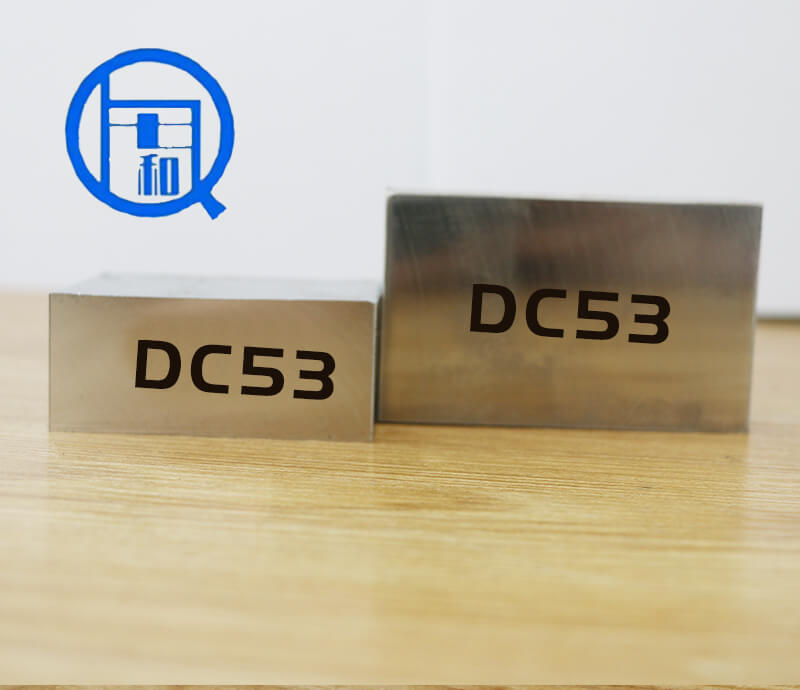

一、较高的耐磨性
1、 High wear resistance
(1)冷作模具在工作时,表面与坯料之间产生许多次摩擦,模具在这种情况下能保持较低的表面粗糙度值和较高的尺寸精度,以防止早期失效。
(1) When the cold working die is working, there are many times of friction between the surface and the blank. In this case, the die can maintain low surface roughness and high dimensional accuracy to prevent early failure.
(2)由于模具材料的硬度和组织是影响模具耐磨性能的重要因素,因此为了提高冷作模具的抗磨性能,通常要求模具硬度高于加工件硬度百分之30-50,材料的组织为回火马氏体或下贝氏体,其上分布均匀、细小的颗粒状碳化物。要达到此目的,钢中的碳的质量分数一般都在百分之零点六以上。
(2) Because the hardness and structure of die material are important factors affecting the wear resistance of die, in order to improve the wear resistance of cold working die, it is usually required that the hardness of die is 30-50% higher than that of machined part, and the structure of material is tempered martensite or lower bainite, which is evenly distributed with fine granular carbides. To achieve this goal, the mass fraction of carbon in steel is generally more than 0.6%.
二、较高的强度和韧性
2、 High strength and toughness
模具的强度是指模具零件在工作过程中抵抗变形和断裂的能力。强度指标是冷作模具设计和材料选择的重要依据,主要包括拉伸屈服点、压缩屈服点等。屈服点是衡量模具零件塑性变形抗力的指标,也是常用的强度指标。为了获得高的强度,在模具制造过程中,要模具材料的韧性,要根据模具工作条件来决定,对于强烈冲击载荷的模具,如冷作模具的凸模、冷镦模具等,因受冲击载荷较大,需要高的韧性。对于一般工作条件下的冷作模具,通常受到的是小能量多次冲击载荷的作用,模具的失效形式是疲劳断裂,因此模具不必具有过高的冲击韧度值。
Die strength refers to the ability of die parts to resist deformation and fracture in the working process. Strength index is an important basis for cold working die design and material selection, mainly including tensile yield point, compressive yield point and so on. Yield point is an index to measure the plastic deformation resistance of die parts, and it is also a commonly used strength index. In order to obtain high strength, in the process of die manufacturing, the toughness of die materials should be determined according to the working conditions of the die. For dies with strong impact load, such as punch and cold heading die of cold working die, due to large impact load, high toughness is required. For the cold working die under general working conditions, it is usually affected by small energy multiple impact load. The failure form of the die is fatigue fracture, so the die does not have to have too high impact toughness.
三、较强的抗咬合性
3、 Strong bite resistance
咬合抗力实际就是对发生“冷焊”的抵抗能力。通常在干摩擦条件下,把被试验模具钢试样,与具有咬合倾向的材料(如奥氏体钢),进行恒速对偶摩擦运动,以一定速度逐渐变大载荷,此时转矩也相应变大。当载荷加大到某一临界值时,转矩突然急剧加大,这意味着发生咬合,这一载荷称为“咬合临界载荷”。临界载荷越高,标志着咬合抗力越强。
Occlusal resistance is actually the resistance to "cold welding". Usually, under dry friction conditions, the tested die steel sample and the material with bite tendency (such as austenitic steel) are subjected to constant speed dual friction movement, and the load gradually increases at a certain speed, and the torque also increases accordingly. When the load increases to a certain critical value, the torque suddenly increases sharply, which means bite. This load is called "bite critical load". The higher the critical load, the stronger the bite resistance.
四、受热软化能力
4、 Thermal softening capacity
受热软化能力反映了冷作模具钢在承载时温升对硬度、变形抗力及耐磨性的影响。表征冷作模具钢受热软化抗力的指标主要有软化温度(℃)和二次硬化硬度(HRC)。
The heat softening ability reflects the influence of temperature rise of cold working die steel on hardness, deformation resistance and wear resistance. The main indicators to characterize the thermal softening resistance of cold working die steel are softening temperature (℃) and secondary hardening hardness (HRC).
本文由冷作模具钢为您提供,我们的网站是:https://www.jnqhmj.com我们将以全心全意的热情为您提供服务,欢迎您的访问
This article is provided by cold working die steel. Our website is: https://www.jnqhmj.com We will provide you with services with wholehearted enthusiasm. Welcome to visit
上一条:
热锻模具钢为什么要进行热锻工序
下一条:
导致模具开裂的原因有哪些?
